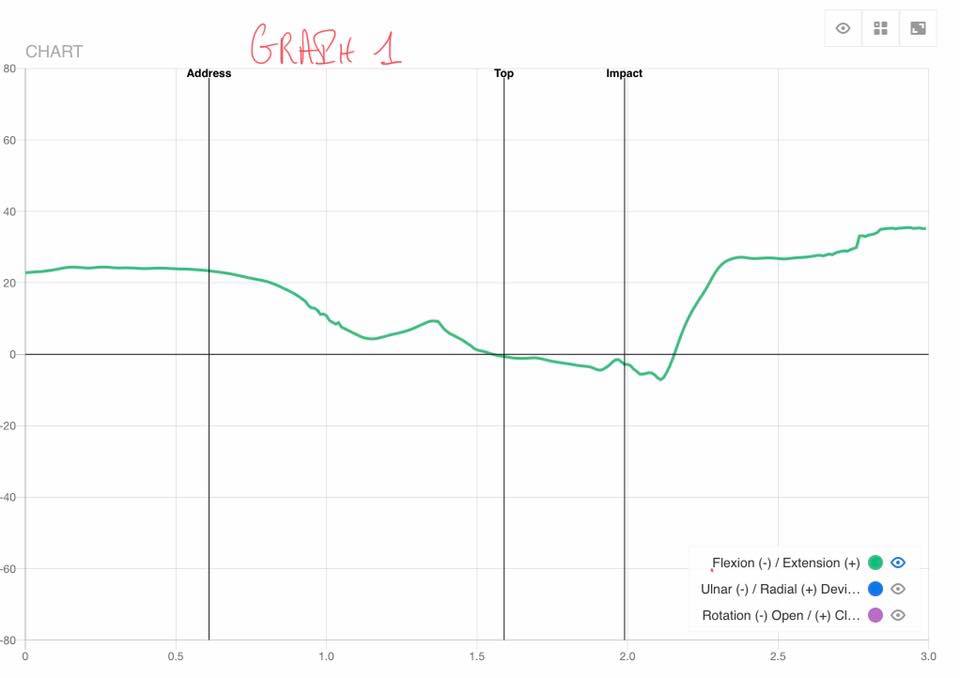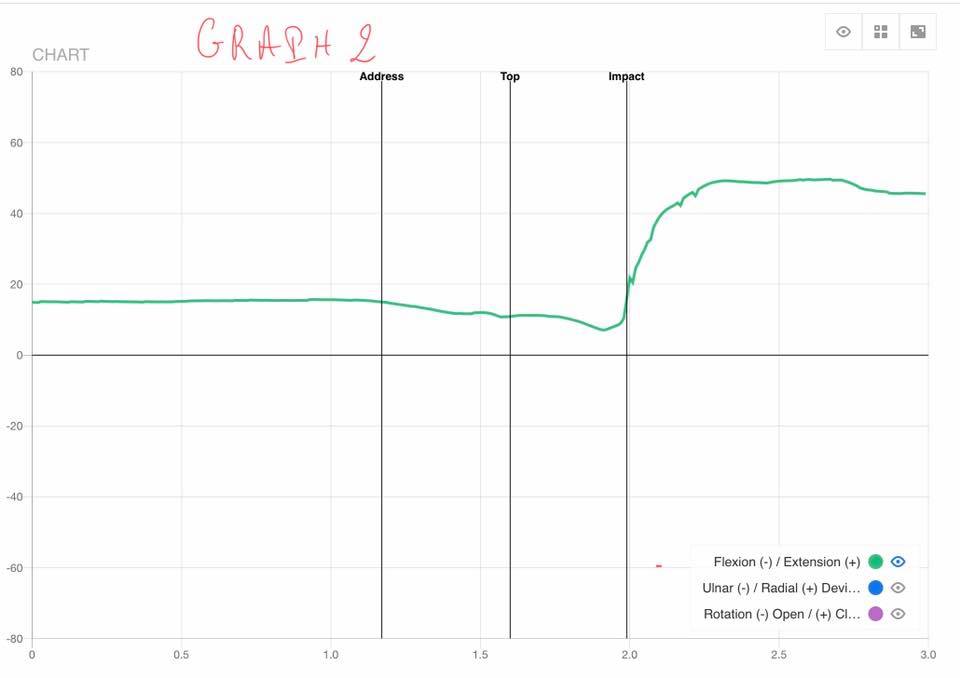Wrist Alignment for Correct Use of the Bounce in Pitching
If there is just one short game a player should learn, it is consistent contact. Without consistent contact, distance control becomes impossible. But how do you achieve it?
The secret to consistent short game is using the bounce (sole of the club) correctly.
The bounce helps to prevent digging in of the lead edge of the club and increases the forgiveness of the wedge. As Titleist wedge designer Bob Vokey says “the bounce is your friend!”.
But how do you swing the club to correctly use the bounce? The key is using the lead wrist extension (cupping) correctly.
If the lead wrist is too bowed (flexed), the club face becomes too shut, the leading edge is too exposed, and the player has a very high risk of hitting ground before the ball or pulling the shot left.
Watch the video (3 minutes) below to learn how to use HackMotion sensor to learn correct wrist alignment to expose the bounce.
Learning Correct Wrist Alignment in Pitching
Using Data to Improve Pitching Technique
Let’s take a look at 3D wrist data to better evaluate the difference between 2 different pitching motions and progress made when changing a player’s pitching technique.
Graph 1 shows wrist data of a player with POOR pitching technique. The green line shows wrist extension, also known as cupping (positive value), and flexion, also known as bowing (negative value)
- This player holds too much lead wrist flexion through impact and does not release it.
- Too much lead wrist flexion means the player is not using the bounce of the club correctly.
- Without using the bounce, the lead edge of the club is digging into the ground and the player is hitting pitch shots with poor contact.

Graph 2 shows poor wrist data of a player with GOOD pitching technique. Green line shows lead wrist extension, also known as cupping (positive value) and flexion, also known as bowing (negative value)
- The player releases wrist extension through impact, he allows the wrist to extend/cup.
- Allowing the wrist to extend means the player is using the bounce of the club correctly.
- Instead, the lead edge of the club is digging in the ground and the bounce is sliding along the turf, allowing golfers to hit shots even if the turf is contacted slightly before the ball.
